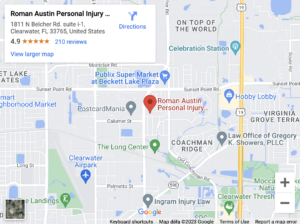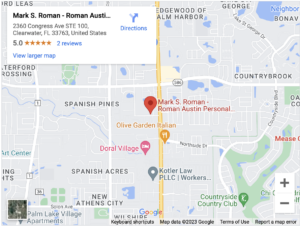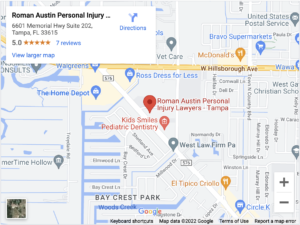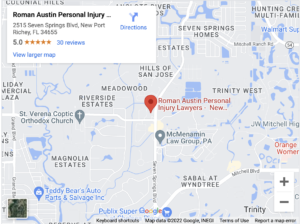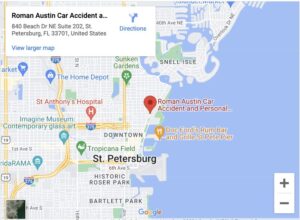
A spinal cord injury causes catastrophic symptoms that require long-term treatment, therapy, and care. Quadriplegia is the most severe form of spinal cord damage. This condition involves permanent loss of sensation and function below the neck.
If you have a quadriplegia injury, you might lose the ability to work or even live independently. In some cases, you might not even breathe without a ventilator. While physical therapy may help restore some functions, you will likely always have some loss in movement and sensation.
How Does Your Spinal Cord Function?

The brain controls the entire body. Signals for every body function, from regulating blood pressure to moving your feet, form in the brain. These signals get sent to the body through nerves connected to the brain.
The cranial nerves connect the brain to the head, face, and vital organs in the chest. The spinal cord connects the brain to the body below the neck, with the exception of the vital organs. Together, these two sets of nerves innervate the entire body.
The spinal cord runs through the spinal canal. This opening in the spine protects the spinal nerves while preserving flexibility in the back. Three membranes called meninges surround the spinal cord. These membranes cushion the spinal cord and protect it from infections.
At each vertebra, a pair of nerves branches from the spinal cord. These nerve roots carry signals to and from specific areas of the body. For example, the nerve roots at the top of your neck innervate the shoulders, while those at the base of your neck connect to your hands and fingers.
You have seven cervical vertebrae between the top of your ribcage and the base of your skull. Since you have cervical nerve roots above and below each vertebra in your neck, you have eight pairs of these nerve roots, which are numbered C1 through C8.
Nerves carry signals using a combination of chemistry and electricity. The firing pattern and frequency of nerve cells send a message. The chemical neurotransmitters released by the nerve cells give the message content. To understand quadriplegia, you only need to know that severed nerves, like severed wires and tubes, cannot transmit messages.
What Causes Quadriplegia Injuries?
Quadriplegia injuries happen when nerves in the cervical spinal cord get severed. At that level, most of the signals between the body and the brain can get lost.
Several types of trauma can cause quadriplegia.
Fractured Vertebra
When a vertebra fractures, broken fragments can migrate into the spinal canal. These fragments can tear through the meninges and sever the spinal nerves. A fractured vertebra can happen in almost any traumatic incident, such as falling or being struck by a falling object.
Another common cause of a broken neck is traffic crashes. When you collide with another vehicle in a car accident, your head whips around. The spine hyperextends and compresses. The vertebrae crash into each other, potentially fracturing. Motor vehicle crashes account for nearly 50% of all spinal cord injuries.
When you suffer a broken neck, EMTs will stabilize your head with a neck brace. The brace supports your head, preventing its weight from forcing dislocated bone fragments into your spinal canal.
Penetrating Spine Injury
When an object pierces your spine, it can sever the spinal nerves. This trauma can happen accidentally. For example, you could fall onto a sharp object in a construction accident. The object could slide between your vertebrae and into the spinal canal.
It can also happen deliberately. When someone assaults you with a gun or knife, the bullet or blade could sever the spinal cord.
How Are Quadriplegia Injuries Classified?
Doctors use two criteria to classify quadriplegia injuries:
Completeness of the Injury
The completeness of an injury refers to how severely the spinal nerves at the injury site are affected. A complete injury happens when the spinal nerves are permanently severed, blocking all signals below the injury site. In an incomplete injury, the brain is still able to send some signals.
In a complete injury, the victim will have total and permanent paralysis below the level of the injury. They will also lose all sensation below the injury. In an incomplete injury, some of the nerve connections remain. As a result, the victim will retain some functions and sensations below the injury site.
However, they may experience:
- Pain
- Weakness
- Loss of dexterity
- Numbness or tingling
In many cases, incomplete injuries allow victims to recover some functions. The brain has a characteristic called neuroplasticity. It can remap itself to shift some functions from the brain areas connected to severed nerves to the brain areas connected to the intact nerves. Thus, with physical therapy, your brain will learn to control some of the areas affected by the injury.
Level of the Injury
The level of the injury refers to the nerve root where the injury happened. Since a pair of spinal nerves exit the spinal cord at each vertebra, higher injuries can affect more areas of the body. In other words, injuries higher in your neck will cause a greater loss of function and sensation than injuries in the lower back.
At the C1 and C2 levels, spinal cord injuries often cause death. The spinal nerves at these levels include those that innervate your chest muscles. When these nerves are severed, you stop breathing. If you survive a C1 or C2 injury, you will probably need a ventilator for the rest of your life.
Victims can survive C3 and C4 injuries but with significant loss of function. You will have total paralysis below the neck. Your chest muscles may be weak. As a result, you will probably need a ventilator until physical therapy can help you regain the ability to breathe on your own.
Injuries at C5 through C8 will involve less significant losses in function. You will likely lose the ability to move or feel your legs. But you may retain the ability to move your shoulders, arms, wrists, or hands, depending on the level of the injury.
Can I Get Compensated For My Quadriplegia Injury?
You can seek personal injury compensation if you suffer quadriplegia due to someone else’s actions. To prove liability, you need to prove that the other person acted intentionally or negligently in causing your injury. Thus, a deliberate assault might entitle you to compensation. Similarly, a careless, intoxicated, or distracted driver might owe you compensation.
A quadriplegia injury will require expensive medical treatment while disabling you from earning a living. Contact Roman Austin Personal Injury Lawyers in Clearwater, FL, for a free consultation to discuss your quadriplegia injury and how we can help you recover compensation.
Talk to an Experienced Clearwater Personal Injury Lawyer Who Can Help
A broken bone is a serious injury that can make even simple daily tasks difficult. If you were hurt because someone else was negligent, a Clearwater personal injury lawyer can help you recover compensation for medical bills, lost wages, and more.
At Roman Austin Personal Injury Lawyers, we offer a free consultation so that you can learn about your legal rights without any risk. Contact our Clearwater law firm today at (727) 787-2500 to arrange a time to sit down and talk about what happened.

